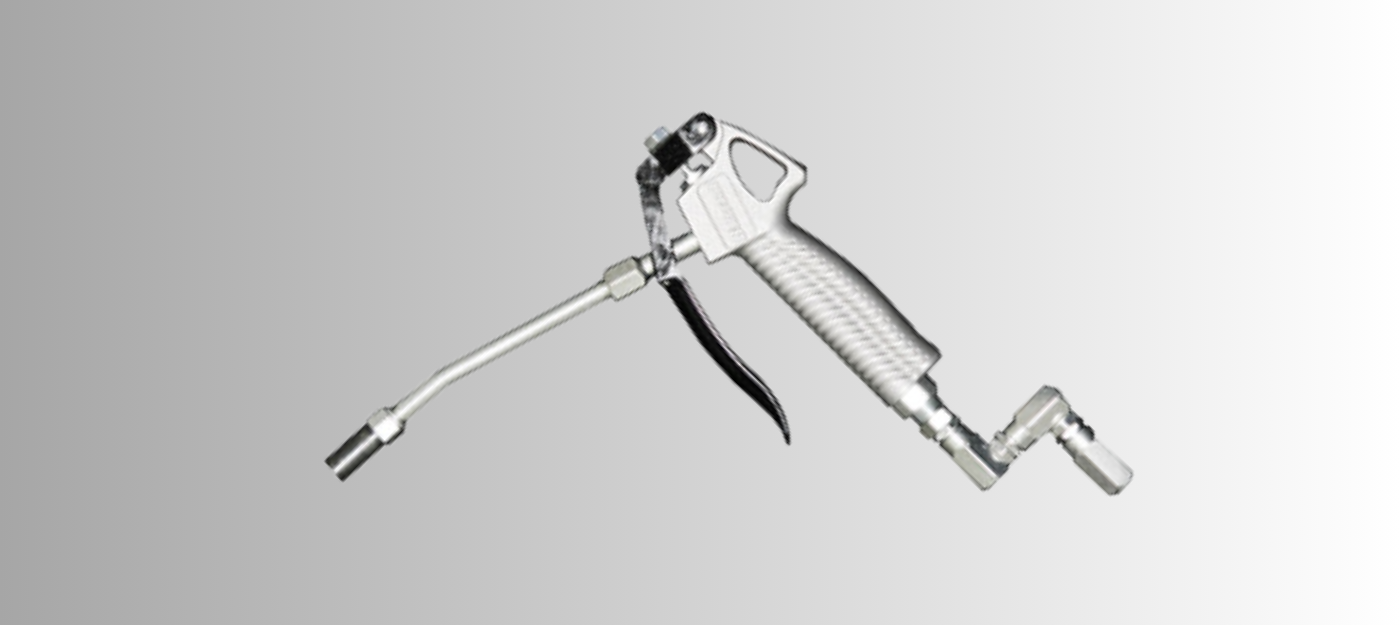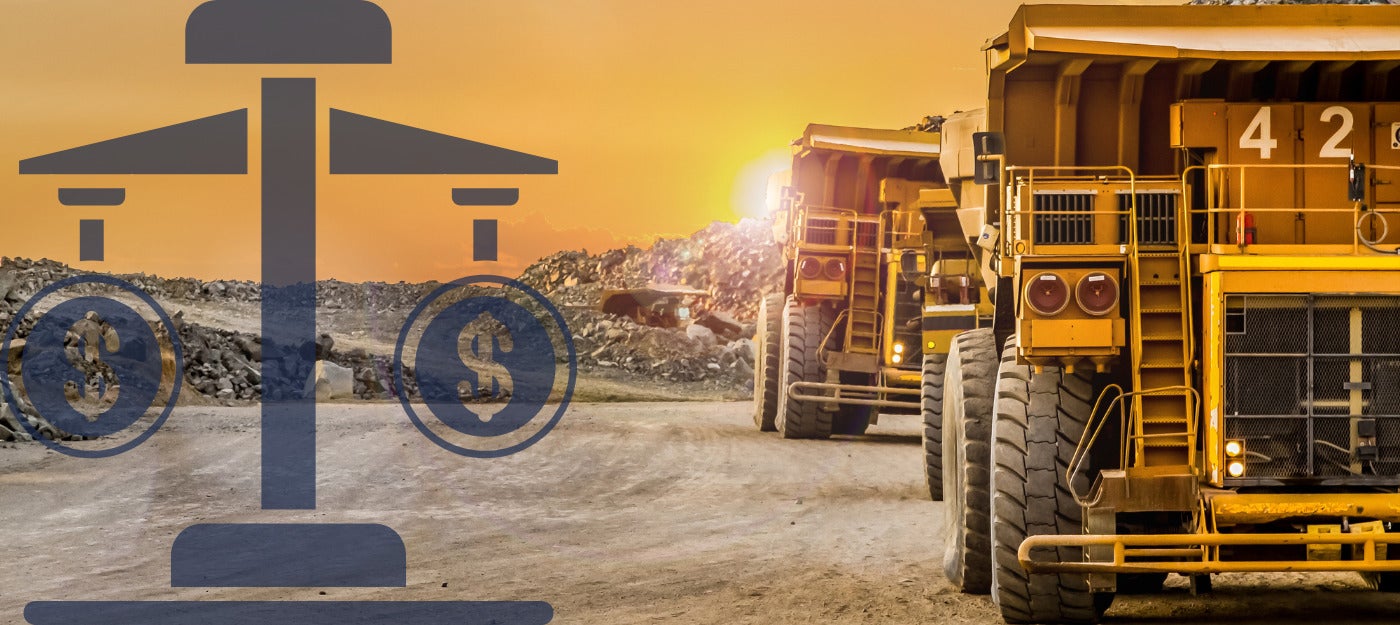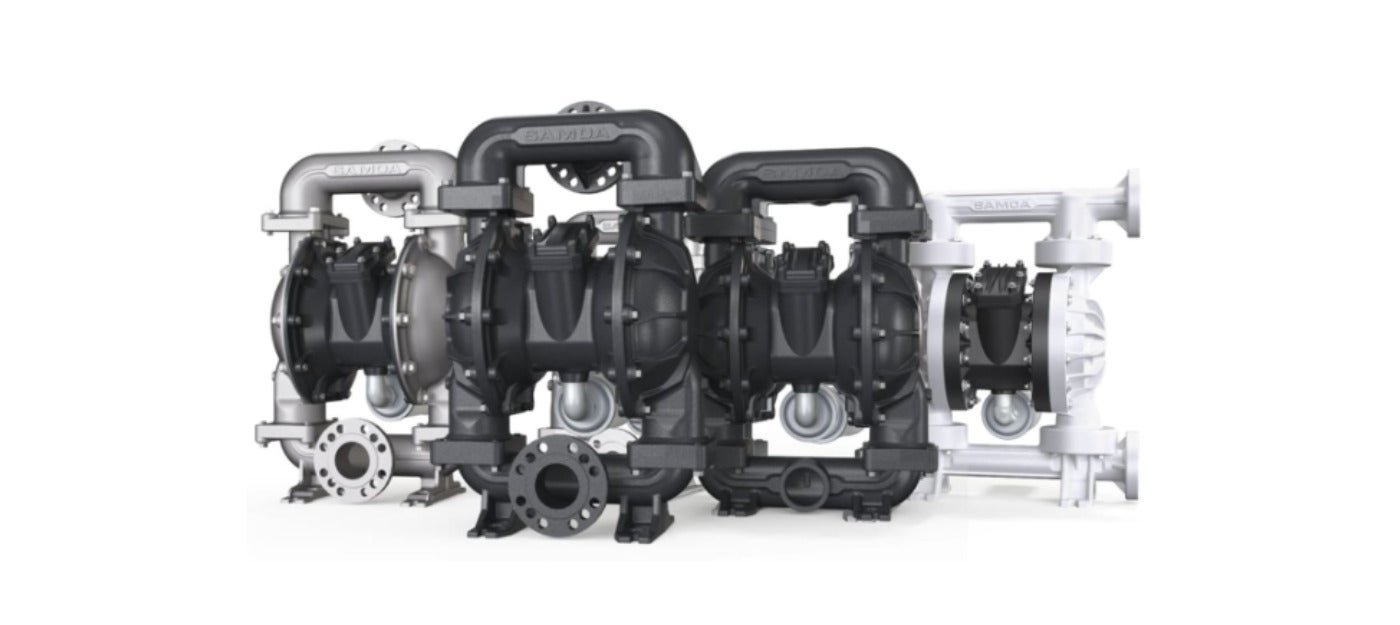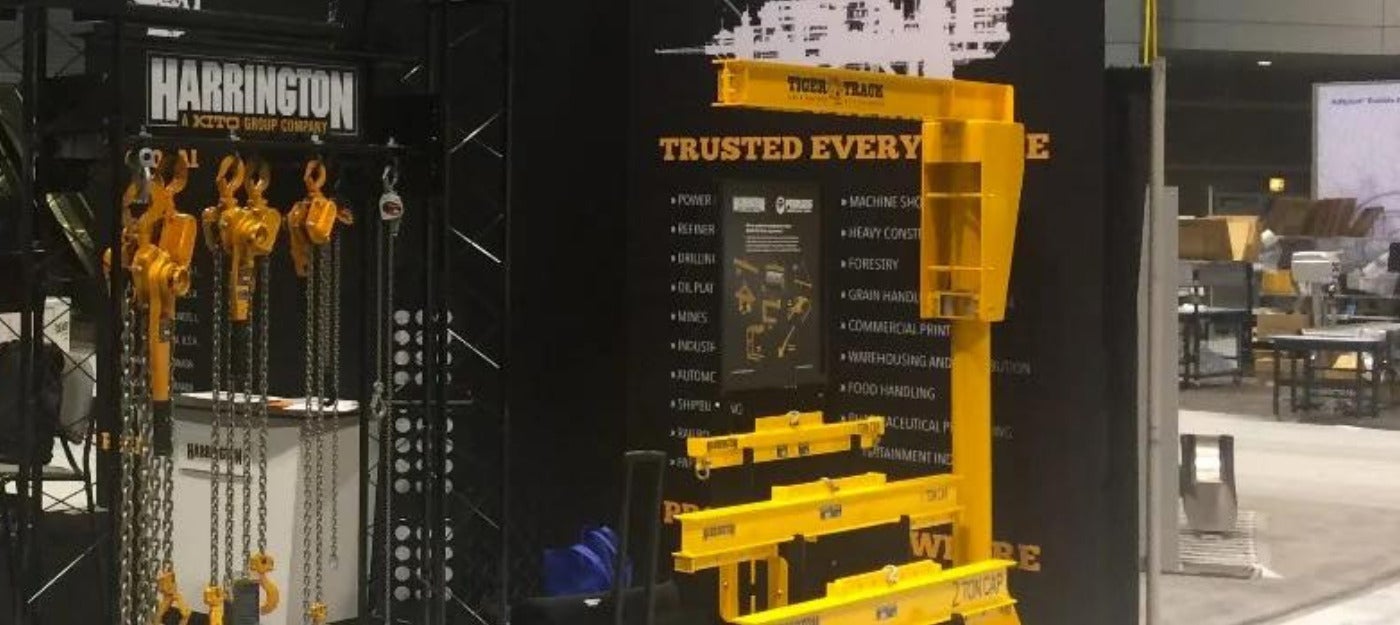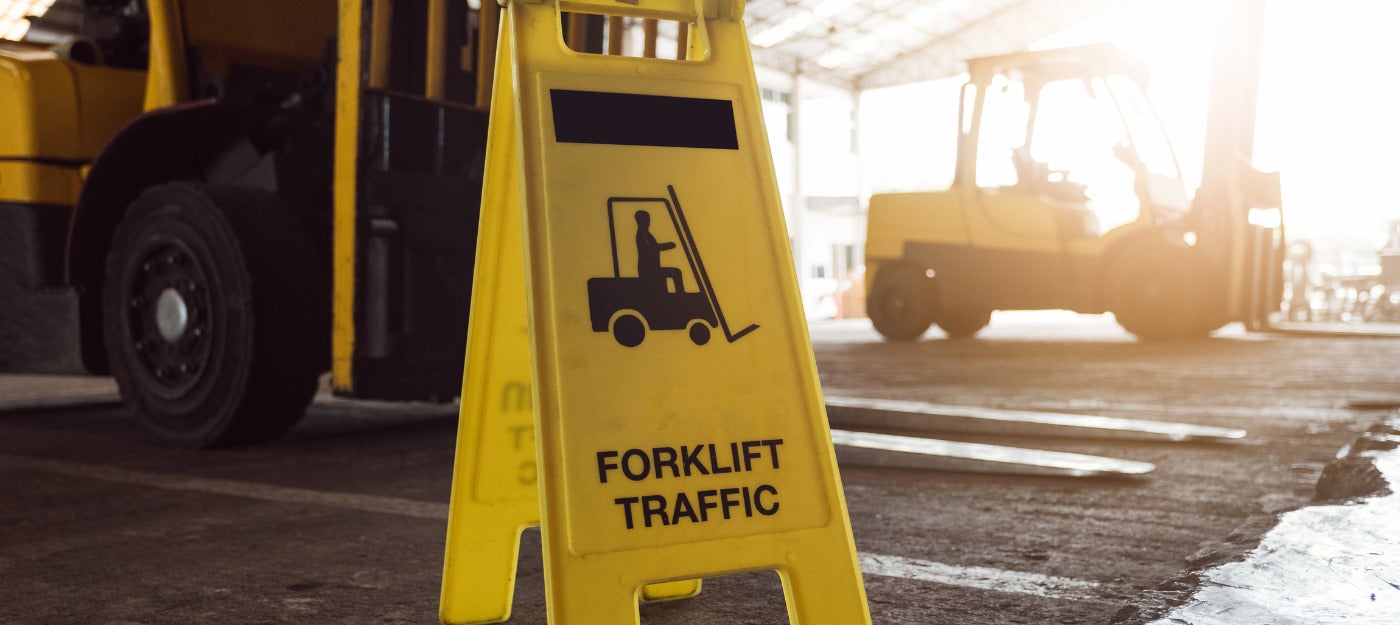
As businesses strive to navigate the complexities of inventory management and distribution, the integration of essential safety equipment within warehouse operations has become non-negotiable.
Warehouse safety is a multifaceted issue that requires a comprehensive approach, combining the right equipment with ongoing education and a proactive safety culture. By prioritizing the implementation of essential safety equipment and practices, businesses can protect their employees from harm, ensure compliance with regulations, and maintain operational efficiency.
Personal protective equipment (PPE)
At the frontline of defense against workplace injuries, personal protective equipment (PPE) is mandatory across various sectors. In warehouses, PPE may include safety helmets, goggles, gloves, high-visibility clothing, and steel-toed shoes. These items protect workers from potential hazards such as falling objects, exposure to harmful substances, and machinery-related injuries. Ensuring that all personnel are equipped with the appropriate PPE is a fundamental step towards mitigating workplace accidents.
Carroll Technologies supplies a comprehensive range of PPE equipment, from hard hats to high visibility clothing. For its range of wearable protective equipment, such as gloves, hearing protection and high visibility garments, Carroll Technologies supplies solutions manufactured by Protective Industrial Products (PIP). According to Allen Haywood, president of Carroll Technologies: “PIP supplies just about anything that is a personal protective device. It’s a good company that we’ve been relying on for protective equipment for many years.”
Material handling equipment
Efficient material handling is vital for reducing the risk of injuries related to lifting and moving heavy items. Equipment such as forklifts, pallet jacks, and conveyor belts not only streamline the process of moving goods within the warehouse but also significantly lower the chance of strain injuries among workers. Additionally, implementing ergonomic solutions like adjustable lifting tables and anti-fatigue mats can further safeguard employees against musculoskeletal disorders.
Carroll Technologies supplies a range of material handling solutions, such as high-quality accessories, including rugged conveyor idlers which support the belt and conveyed material to prevent it from stretching and sagging, as well as impact beds built to absorb shock loads.
Collision avoidance systems
Collision avoidance systems in warehouses focus on preventing accidents involving forklifts, vehicles, and personnel. They employ a variety of technologies, including RFID (radio frequency identification), ultrasonic sensors, and laser scanners, to detect potential obstacles or personnel in the vicinity of moving equipment. When a risk is identified, these systems can automatically alert operators or even take direct action to slow down or stop the machinery to prevent a collision.
Equipment provided by Carroll includes PBE’s collision avoidance system, which uses EM (electromagnetics), RFID, GPS and bi-directional radar simultaneously for accuracy that can be configured to recognize different groups (such as vehicle types or personnel). Additionally, the dash-mounted PAS-Z Proximity Alert System alerts drivers to the presence of personnel, vehicles and obstacles.
Fire safety equipment, safety barriers and signage
Warehouses, with their high volume of goods, are particularly susceptible to fire hazards. Therefore, adequate fire safety measures are essential. This includes the installation of smoke detectors, fire extinguishers, sprinkler systems, and clear signage indicating emergency exits. Regular fire drills and training on how to use fire safety equipment empower employees to respond effectively in emergency situations, potentially saving lives and preventing extensive property damage.
Physical barriers and clear signage play a critical role in preventing accidents by demarcating safe pathways, highlighting hazardous areas, and directing traffic flow within the warehouse. Safety barriers, such as guardrails and bollards, protect workers from vehicular accidents, while floor markings and signs provide visual cues to help prevent slips, trips, and falls.

